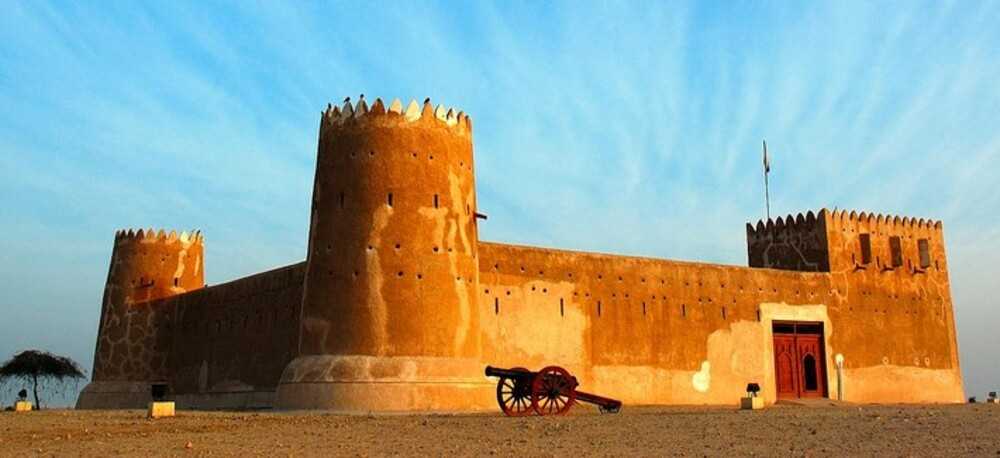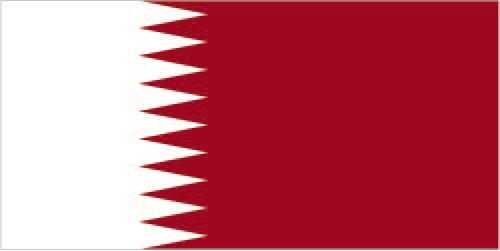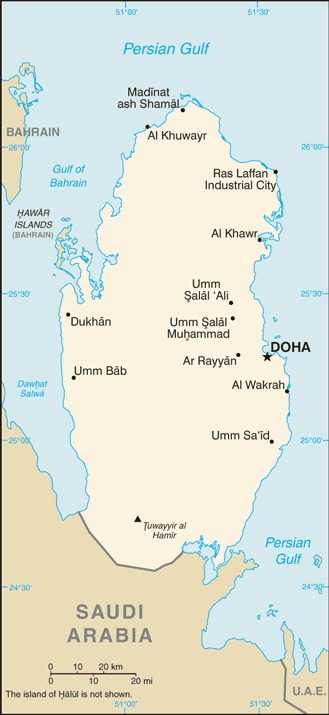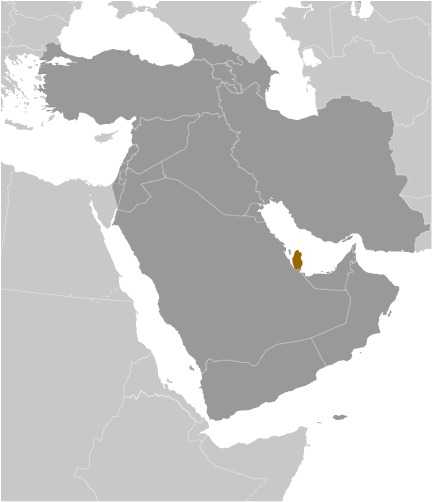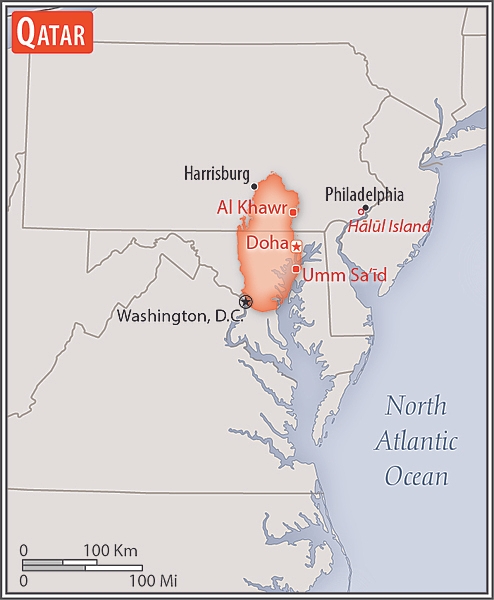Introduction
Visit the Definitions and Notes page to view a description of each topic.
Geography
People and Society
Population
comparison rankings: total 143; male 131; female 161
Languages
Median age
comparison ranking: total 105
Population growth rate
comparison ranking: 126
Birth rate
comparison ranking: 197
Death rate
comparison ranking: 229
Net migration rate
comparison ranking: 135
Maternal mortality ratio
comparison ranking: 175
Infant mortality rate
comparison ranking: total 163
Life expectancy at birth
comparison ranking: total population 53
Total fertility rate
comparison ranking: 120
Obesity - adult prevalence rate
comparison ranking: 15
Alcohol consumption per capita
comparison ranking: total 151
Tobacco use
comparison ranking: total 74
Education expenditure
comparison ranking: Education expenditure (% GDP) 140
Environment
Carbon dioxide emissions
comparison ranking: total emissions 36
Government
Economy
Real GDP (purchasing power parity)
comparison ranking: 60
Real GDP growth rate
comparison ranking: 123
Real GDP per capita
comparison ranking: 7
Inflation rate (consumer prices)
comparison ranking: 31
GDP - composition, by sector of origin
comparison rankings: agriculture 196; industry 4; services 168
Industrial production growth rate
comparison ranking: 107
Labor force
comparison ranking: 125
Unemployment rate
comparison ranking: 1
Youth unemployment rate (ages 15-24)
comparison ranking: total 188
Gini Index coefficient - distribution of family income
comparison ranking: 74
Current account balance
comparison ranking: 17
Reserves of foreign exchange and gold
comparison ranking: 41
Energy
Electricity
comparison rankings: installed generating capacity 64; consumption 52; transmission/distribution losses 144
Energy consumption per capita
comparison ranking: 1
Communications
Telephones - fixed lines
comparison ranking: total subscriptions 90
Telephones - mobile cellular
comparison ranking: total subscriptions 129
Broadband - fixed subscriptions
comparison ranking: total 112
Transportation
Merchant marine
comparison ranking: total 80
